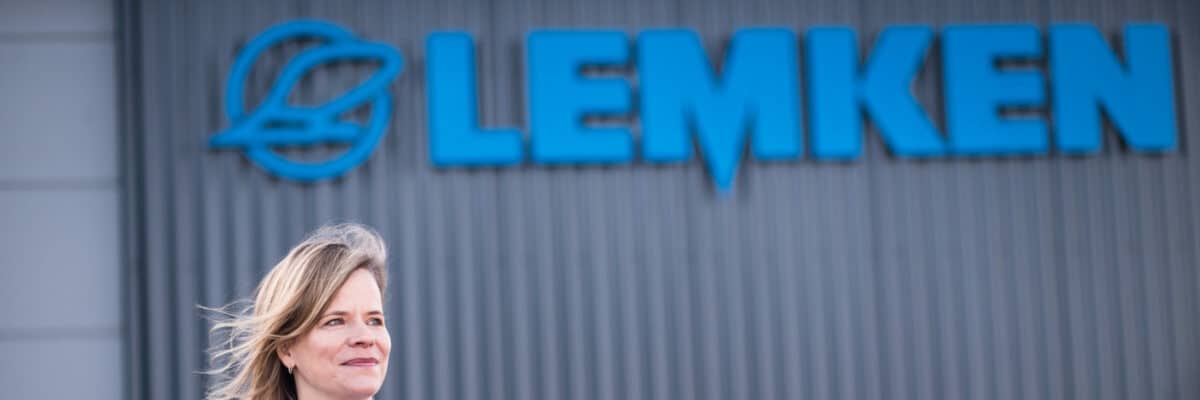
Optimizing product diversity
Offering different variants of a product increases sales. But the monetary cost of doing so often remains unclear. Using a model for evaluating variants, companies like LEMKEN, a manufacturer of agricultural machinery, are now able to individually record and reduce complexity costs. In many companies, a large portfolio of variants does not just aid sales. But what does such an attractive offer with many product variants actually cost internally? Many companies find it difficult to calculate this accurately, because details such as storage costs or expenses for renegotiating prices often cannot be clearly allocated. Using a pragmatic evaluation model, companies can better record complexity costs. This tool helps make decisions for or against variants. The focus is no longer exclusively on sales and cost of sales. It is about identifying relevant hidden costs and finding out which products and options are really high margin.
Companies use contribution margin calculations that explicitly consider a part of these costs. However, a large proportion of the expenses are not specifically taken into account in the contribution margin calculation, but via overhead surcharges. The evaluation model developed with Staufen now enables this allocation in a more cause-related manner. The evaluation tool is individually tailored to a company and its specifics. This means that only the relevant costs are taken into account, as the effort required to record and allocate all costs incurred would significantly exceed the benefits. Moreover, such a tool, once installed, also has a shelf life.
Successful variant management with agricultural machinery manufacturer LEMKEN
As part of the “LEMKEN excellence” project, variant management was established using two approaches: by optimizing variance using the example of a specific product group, and by systematizing variant management across all product groups. Variance was first optimized by cleaning up the portfolio of a product group. In addition, the variants of a previously selected assembly were reduced.
The analysis and evaluation of the portfolio was based on sales figures and margins using the evaluation model. At the same time, interdisciplinary workshops were held to find innovative product concepts. Today, LEMKEN is continuously working on its process, system and data landscape to systematize variant management. Staufen also helps customers standardize the structure of bill of materials, simplify configuration activities, and shift critical activities to the early stages of product development.

For a more sustainable product portfolio
The annual savings at LEMKEN through variant management measures are enormous. “Beyond the pilot project, we are using the developed evaluation model in various product development projects, allowing us to quantify the relevant costs of a variant,” says Klemens Surmann, Head of Engineering at LEMKEN. “With this end-to-end approach to variant management, we have learned a lot of new things and have developed further as a company. The reduction in overall costs and variants within the pilot assembly were very impressive – a worthwhile effort for a more sustainable product portfolio.”
As a result, LEMKEN has succeeded in anchoring variant management in the company and changing the way of thinking with regard to variants.


